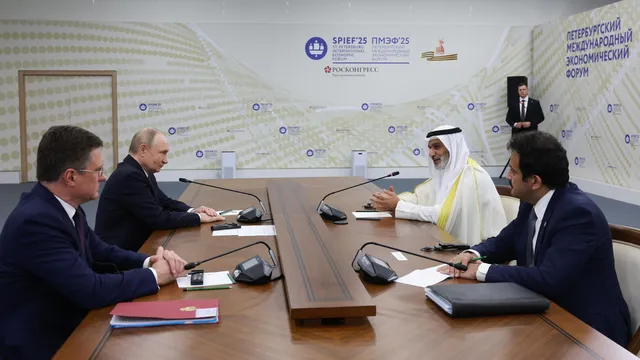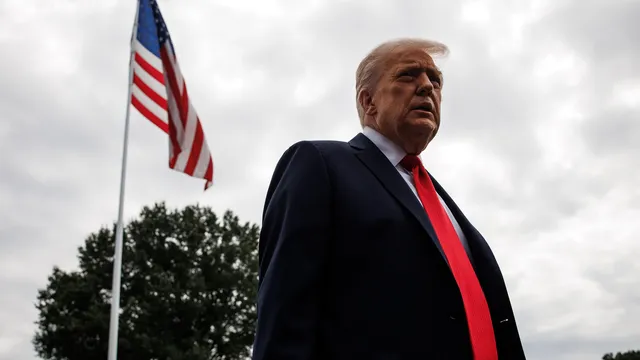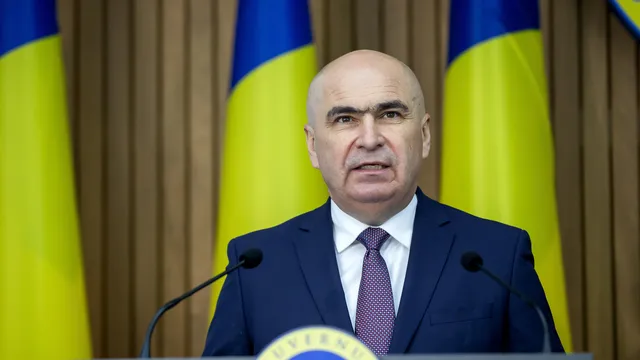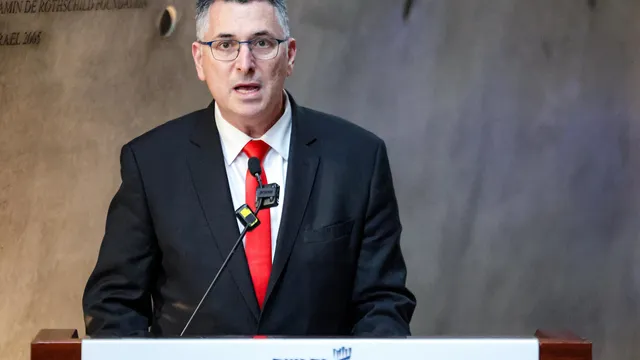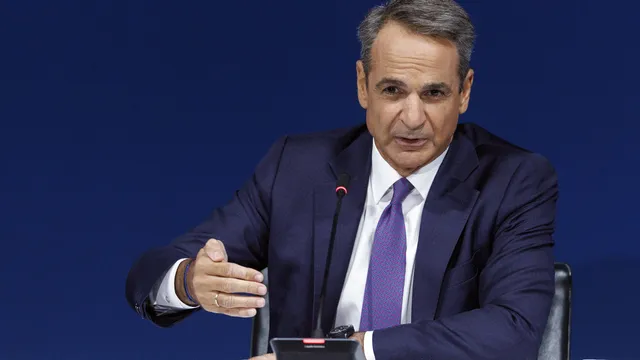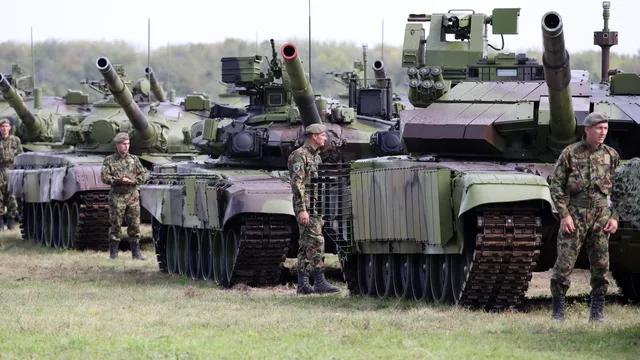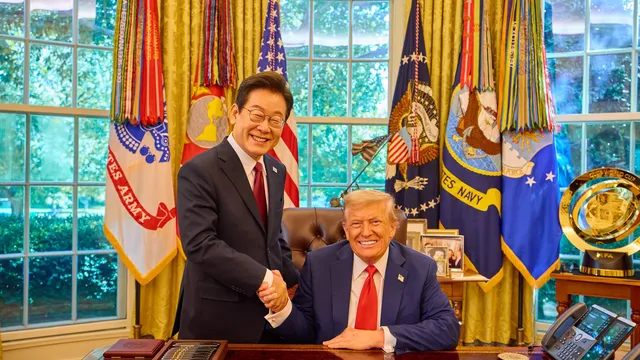Uncertainty looms over what Saudi Arabia, Russia, and six other key members of the OPEC+ alliance will decide on crude oil output at their Sunday meeting, with analysts saying an increase in production is also being considered, AFP reported.
The meeting of the group of eight oil-producing nations, known as the “Voluntary Eight” (V8), comes against the backdrop of a prolonged fall in oil prices amid expectations of oversupply in the coming months.
In an effort to maintain prices, the broader OPEC+ group — consisting of the 12-member Organization of the Petroleum Exporting Countries (OPEC) and its allies — agreed in recent years on several output cuts totaling nearly six million barrels per day.
Since April, the V8 group — namely Saudi Arabia, Russia, Iraq, the United Arab Emirates, Kuwait, Kazakhstan, Algeria, and Oman — has made a notable shift in policy, focusing on regaining market share and agreeing on a series of production hikes.
A week ago, analysts said the V8 countries were likely to maintain their current production levels in October.
Oil prices are hovering around $65–70 per barrel, down 12% this year as global producers outside OPEC+ increase supply and tariffs weigh on demand.
According to Jorge Leon, an analyst at Rystad Energy, oil demand is expected to fall in the fourth quarter, as “seasonal demand is lower” than in the summer months in the Northern Hemisphere.
Even if the group does not raise production, the surplus supply will gradually lead to lower prices, he told AFP.
Market Surplus
But since Wednesday, “some market chatter suggests the group may opt for another quota adjustment for October,” said Ole Hansen, an analyst at Saxo Bank.
Such a decision “would mean that (the group) is truly serious about its desire to regain market share,” Leon said, even if that meant prices dropping below $60 per barrel.
Moreover, “OPEC’s own analysis actually shows that there is room for more oil on the market in the coming quarters,” said analyst Arne Lohmann Rasmussen of Global Risk Management.
“This fact alone may have encouraged the cartel to consider (reintroducing to the market) a second layer of voluntary production cuts,” he said, referring to the 1.66 million barrels per day reduction agreed upon in the spring of 2023.
So far, crude oil prices have held up better than most analysts predicted since production hikes began, largely due to looming geopolitical risks that have supported prices.
Geopolitical Turmoil
Meanwhile, oil industry experts are closely monitoring Moscow’s war in Ukraine, as well as the state of U.S.-Russia relations.
U.S. President Donald Trump, whose efforts to broker peace between Russia and Ukraine failed to achieve a breakthrough, recently turned his attention to Russian oil and those who purchase it.
In August, he imposed higher tariffs on India as punishment for its purchases of Russian oil.
At a meeting with Ukraine’s allies gathered in Paris on Thursday, Trump told leaders via videoconference that he was disappointed by EU purchases of Russian oil, particularly by Hungary and Slovakia.
A senior White House official, speaking on condition of anonymity, told AFP that Trump insisted “Europe must stop buying Russian oil that finances the war.”
He also urged European countries to put economic pressure on China for its support of Russia’s military actions, as Beijing is the largest importer of Russian oil.
Restricting Russian exports could open market space for OPEC+ countries.
But Russia, the second-largest producer after Saudi Arabia, may struggle to take advantage of further quota increases because of its interest in maintaining “high oil prices to finance its war in Ukraine,” Lohmann Rasmussen said. | AFP, BGNES

 Breaking news
Breaking news
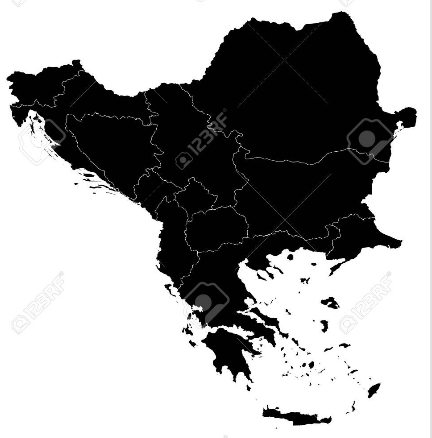 Europe
Europe
 Bulgaria
Bulgaria
